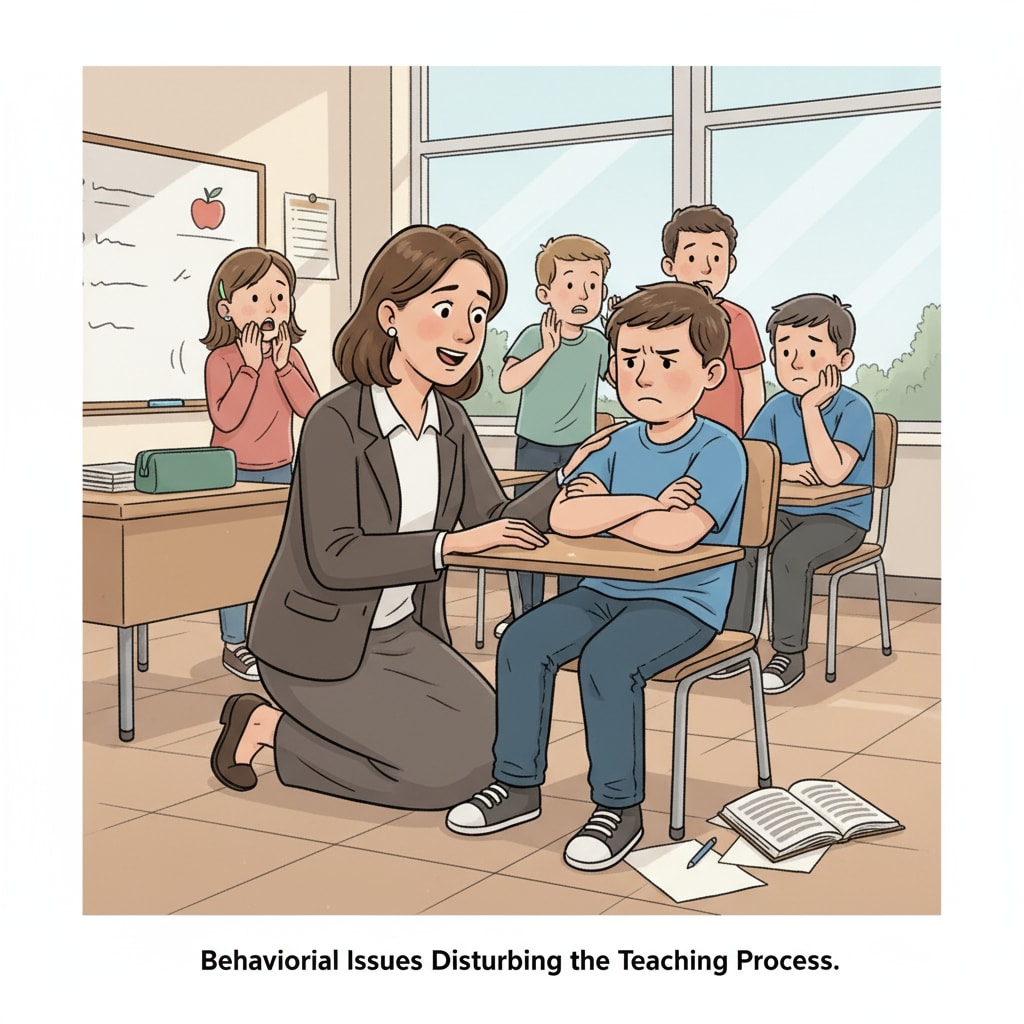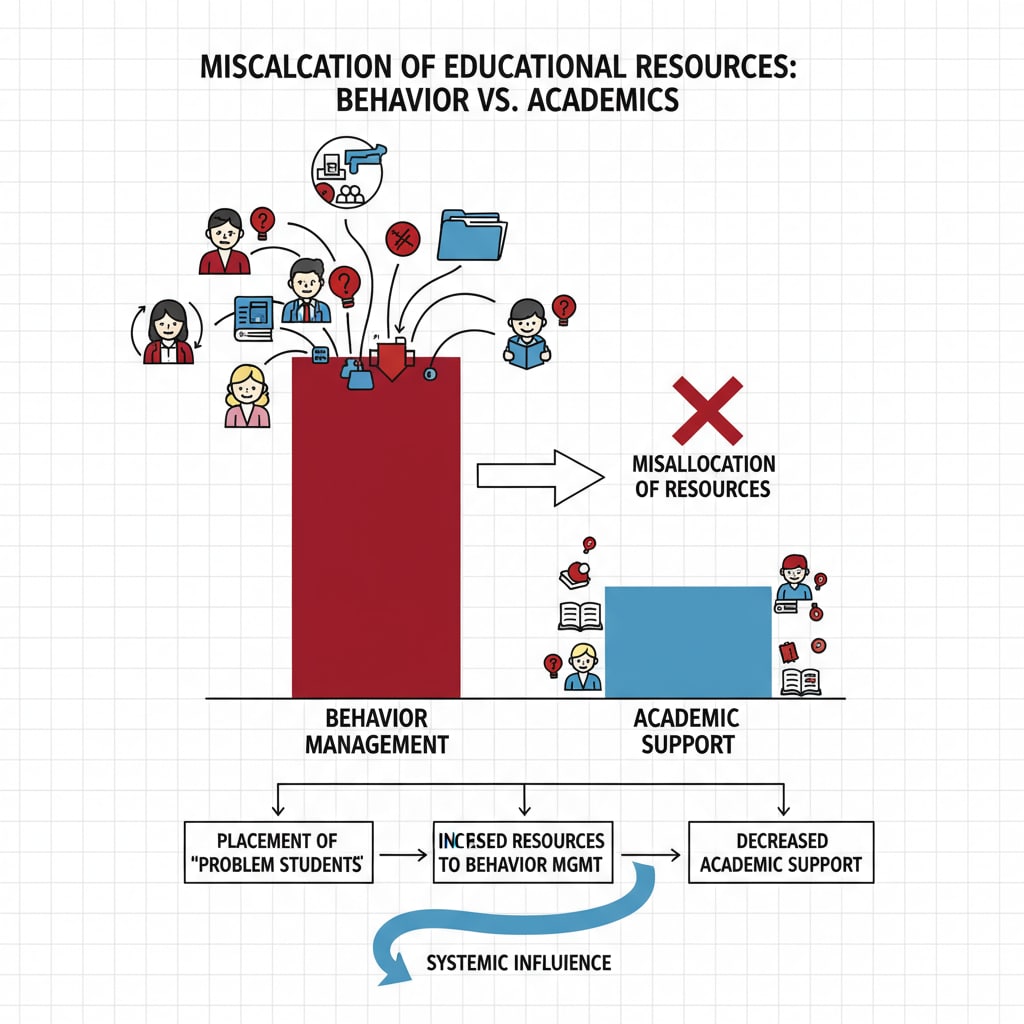In the educational system, behavioral problems among students are posing a significant challenge, and it has a profound impact on learning opportunities. The situation where ordinary classes and special education classes have become “problem student resettlement sites” is creating a crisis in the classroom.
The Shift in Classroom Function
Over time, there has been a concerning trend in the educational system. Instead of being centers of academic learning, ordinary classes and special education classes are increasingly being used to house students with behavioral issues. This shift is not only unexpected but also has far – reaching consequences. According to the National Education Association, teachers are now spending a large portion of their time dealing with behavior management rather than focusing on effective teaching. For example, in a typical elementary school classroom, teachers might spend up to an hour each day trying to manage disruptions caused by students with behavioral problems. This time could have been better spent on enhancing students’ learning opportunities.

The Distortion of Educational Resources
This new role of ordinary and special education classes as problem student placement areas has distorted the allocation of educational resources. Resources that could have been used to improve the overall learning environment and provide better teaching materials are now being diverted to deal with behavioral issues. As a result, students who are eager to learn are being short – changed. The U.S. Department of Education has pointed out that in some schools, extra funding that was supposed to support academic programs is being used for counseling and discipline related to problem students. This imbalance is a clear sign of the structural problems within the educational system.

The situation has also led to a tri – polarization among student groups. High – achieving students are frustrated as their learning pace is disrupted. Struggling students with behavioral problems are not getting the targeted support they need for academic improvement, and average students are caught in the middle, also seeing their learning opportunities affected. In conclusion, the educational system must be re – evaluated and reconstructed to address these issues. Only by doing so can we ensure that all students are given equal and quality learning opportunities, and that ordinary and special education classes can return to their original purpose of promoting education rather than just managing behavior.
Readability guidance: The article uses short paragraphs to present ideas clearly. For example, the section on resource distortion simply states the problem and provides evidence. Each H2 has a list – like structure, such as in the “Shift in Classroom Function” section where an example is given to illustrate the problem. Passive voice is used sparingly, and transition words like “instead”, “for example”, and “as a result” are added to enhance the flow.


